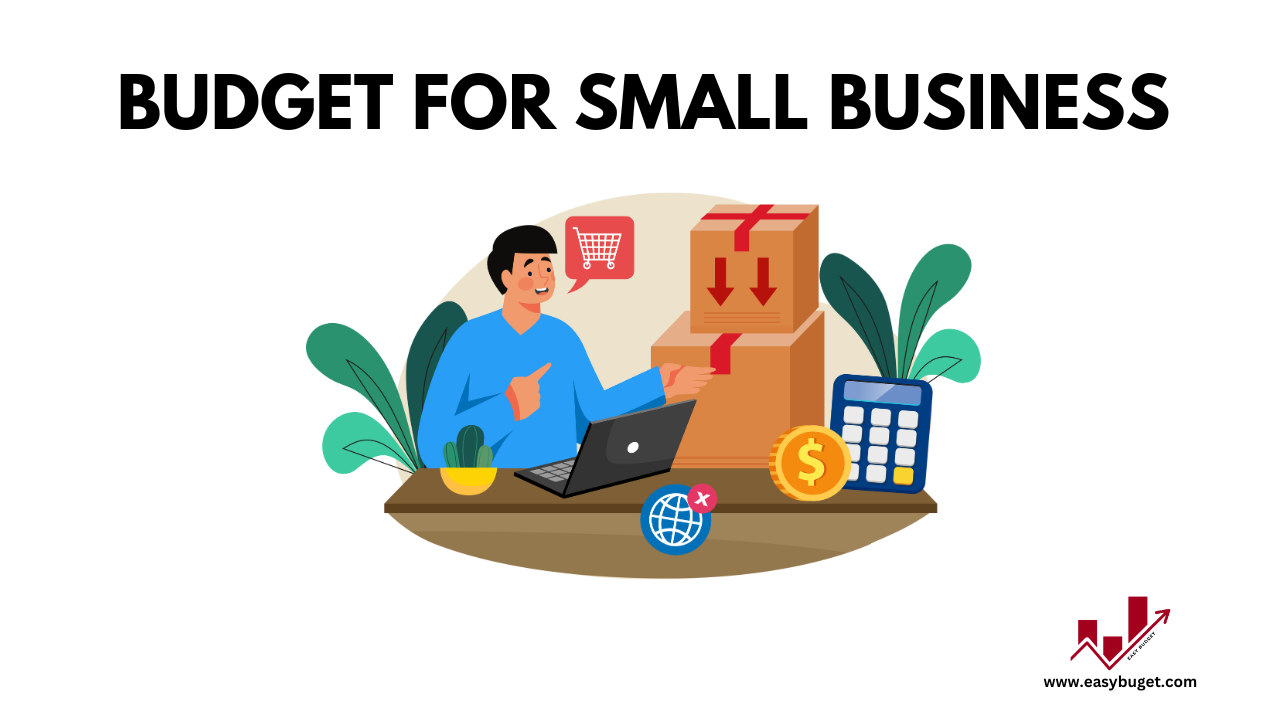Running a small business is an exciting journey, but without proper financial planning, it can quickly become overwhelming. Did you know that 50% of small businesses fail within the first five years due to poor financial management? One of the most effective ways to avoid this fate is by creating and maintaining a solid budget. In this guide, we’ll walk you through everything you need to know about creating a budget for small business, from its importance to practical steps and tools to help you stay on track.
What is a Budget for Small Business?
A budget is a financial plan that outlines your expected income and expenses over a specific period. For small businesses, a budget serves as a roadmap to help you allocate resources, track spending, and ensure profitability. It’s not just about cutting costs—it’s about making informed decisions that drive growth and stability.
Why does a budget matter? Without one, you risk overspending, running out of cash, or missing out on growth opportunities. A well-planned budget helps you anticipate challenges, set realistic goals, and prepare for the unexpected.
For more insights on financial planning, check out this resource from the U.S. Small Business Administration (SBA).
Benefits of Having a Budget for Small Business
Creating a budget isn’t just a good idea—it’s essential for your business’s survival and success. Here’s why:
- Financial Control: A budget helps you track income and expenses, ensuring you don’t overspend or run into cash flow problems.
- Goal Setting: It allows you to set and achieve financial goals, whether it’s expanding your team, launching a new product, or saving for emergencies.
- Emergency Preparedness: A budget ensures you have funds set aside for unexpected expenses, like equipment repairs or economic downturns.
According to Forbes, businesses that stick to a budget are more likely to achieve long-term success.
Steps to Create a Budget for Small Business
Creating a budget doesn’t have to be complicated. Follow these steps to get started:
1. Assess Your Income and Expenses
Start by tracking all sources of income and categorizing your expenses. Include fixed costs (rent, utilities, salaries) and variable costs (marketing, inventory, travel).
2. Set Financial Goals
Define your short-term and long-term goals. For example, you might aim to increase revenue by 10% in six months or save for a new office space.
3. Allocate Funds
Prioritize essential expenses like payroll and inventory, then allocate remaining funds to growth initiatives like marketing or product development.
4. Monitor and Adjust
Review your budget regularly—monthly or quarterly—and make adjustments as needed. This ensures you stay on track and adapt to changing circumstances.
For tools to simplify budgeting, consider using QuickBooks, a popular accounting software for small businesses.
Common Budgeting Mistakes Small Businesses Make
Even with the best intentions, small businesses often make budgeting mistakes. Here are some to avoid:
- Underestimating Costs: Many businesses forget to account for hidden expenses like maintenance or legal fees.
- Failing to Plan for Taxes: Not setting aside funds for taxes can lead to financial strain when tax season arrives.
- Ignoring Cash Flow: Focusing solely on profits without monitoring cash flow can result in liquidity issues.
For more tips on avoiding financial pitfalls, read this article from Entrepreneur.
Tools and Resources for Managing a Budget for Small Business
Managing a budget is easier with the right tools. Here are some resources to consider:
- Budgeting Software: Tools like FreshBooks and Xero simplify expense tracking and financial reporting.
- Templates and Spreadsheets: Free budget templates from Microsoft Office can help you get started.
- Professional Help: Hiring a financial advisor or accountant can provide expert guidance for complex budgets.
For a comparison of budgeting tools, visit Capterra.
Tips for Sticking to Your Budget
Creating a budget is only half the battle—sticking to it is the real challenge. Here’s how to stay on track:
- Regular Reviews: Schedule monthly or quarterly budget reviews to assess your progress.
- Cut Unnecessary Costs: Identify areas where you can reduce spending without impacting operations.
- Involve Your Team: Encourage your team to contribute ideas for cost-saving measures.
For more strategies on managing expenses, check out this resource from Inc. Magazine.
Conclusion
A well-planned budget for small business is the foundation of financial success. It helps you control spending, set and achieve goals, and prepare for the unexpected. By following the steps outlined in this guide and using the right tools, you can create a budget that sets your business up for long-term growth.
Ready to take control of your finances? Start creating or revising your budget today! For more tips and resources, explore our other blog posts on small business management.
Please subscribe Easy Budget to stay updated about our latest blogs!


Сделайте полоску из семян чиа. Банан нарежьте кружочками и выложите сверху. Добавьте также миндаль, молотую корицу, кокосовые чипсы или кокосовую стружку
[url=https://homeworld.icu/]Мой сайт[/url]
Кто утверждает, что бутерброды не могут служить сладким перекусом? Предлагаемый подход с арахисовой пастой и спелым бананом ломает представления. А еще это сытный полноценный завтрак к чаю или кофе. Но учтите, что он будет довольно калориен.
[url=https://lishedoma.top/]Lishe Doma[/url]